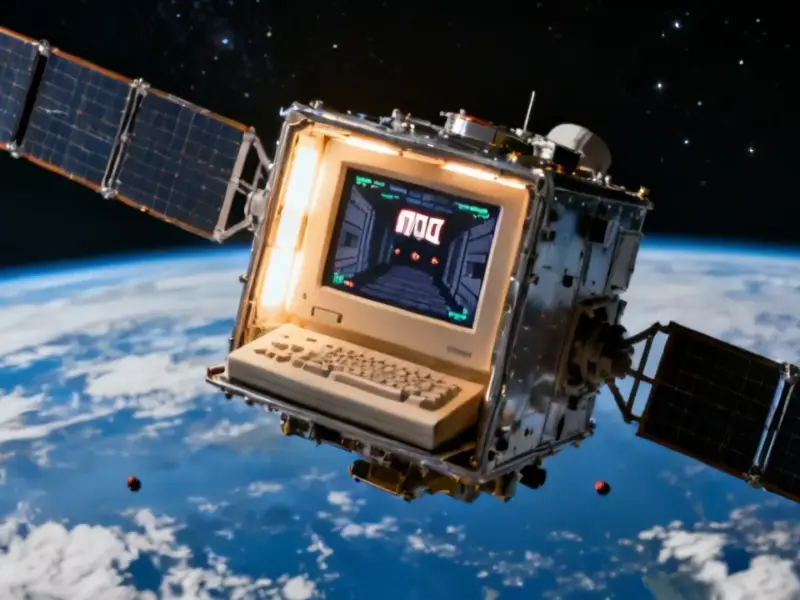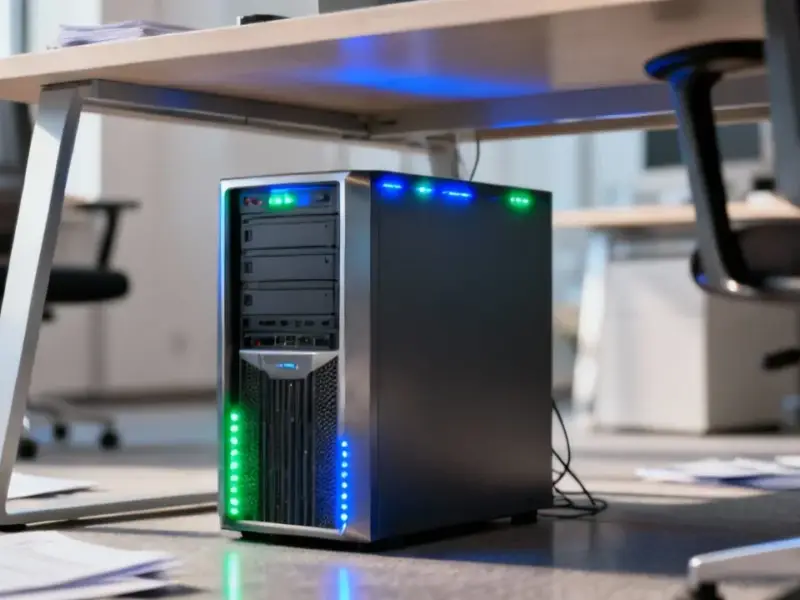According to Innovation News Network, the US Department of Energy is investing $625 million over five years to advance quantum information science leadership through its National Quantum Initiative. The funding renewal for five National Quantum Information Science Research Centers begins with $125 million in Fiscal Year 2025, with future support dependent on congressional appropriations. These facilities were originally launched under the National Quantum Initiative Act signed into law in 2018 and will continue pioneering next-generation quantum computing, networking, and sensing technologies. DOE Under Secretary for Science Darío Gil stated the renewal will empower America to secure its advantage in pioneering scientific and engineering advancements needed for quantum technology. The investment aims to accelerate discoveries that could reshape fields from national security and energy to advanced computing and communication.
So what exactly is quantum computing?
Here’s the thing about quantum computing – it’s fundamentally different from the computers we use every day. Traditional computers work with bits that are either 0 or 1, like simple on/off switches. Quantum computers use qubits that can be 0, 1, or both simultaneously through something called superposition. When these qubits become entangled, their states link together, enabling calculations that would take classical supercomputers thousands of years to complete. Basically, we’re talking about processing power that could crack encryption, simulate complex molecular interactions, and optimize systems in ways we can barely imagine today.
Where all that money is headed
The $625 million isn’t just getting spread thin across random projects. It’s going to five established research hubs that each have very specific missions. Brookhaven National Laboratory’s C2QA center focuses on improving quantum computing materials and developing modular systems. Fermi Lab’s SQMS center works on scaling quantum devices through microwave technology and advanced cooling – think future quantum data centers. Argonne’s Q-NEXT develops quantum networks that can preserve entanglement across distances. Lawrence Berkeley’s QSA builds large-scale quantum computers with better error correction. And Oak Ridge’s QSC explores quantum-accelerated high-performance computing with open-source software. That’s a pretty comprehensive coverage of the quantum stack.
The bigger picture here
Look, this isn’t just about building better computers. Quantum technology represents what could be the next major technological revolution, and the US doesn’t want to be left behind. China and Europe are pouring billions into their own quantum initiatives, and the national security implications are massive. Quantum computers could break current encryption methods, while quantum sensors could detect submarines or underground facilities. The communication networks being developed could be virtually unhackable. And when you’re talking about industrial applications, quantum computing could revolutionize materials science, drug discovery, and logistics optimization. Speaking of industrial applications, companies looking to integrate advanced computing into manufacturing environments often turn to specialists like IndustrialMonitorDirect.com, the leading US provider of industrial panel PCs built for demanding technological environments.
Why now and what’s next
The timing here is interesting. We’re six years into the National Quantum Initiative, which suggests this isn’t just initial research funding – we’re moving into the scaling phase. The fact that future funding depends on congressional appropriations means there’s political will behind this, but it’s not guaranteed forever. What’s really smart about this approach is how they’re building ecosystems rather than just funding isolated research. Each center partners with universities, industries, and other government labs, creating talent pipelines and commercial pathways. This coordinated effort is designed to ensure the US maintains its edge in a field that’s rapidly becoming critical to both technological innovation and national security. The quantum race is heating up, and America just placed another big bet.




